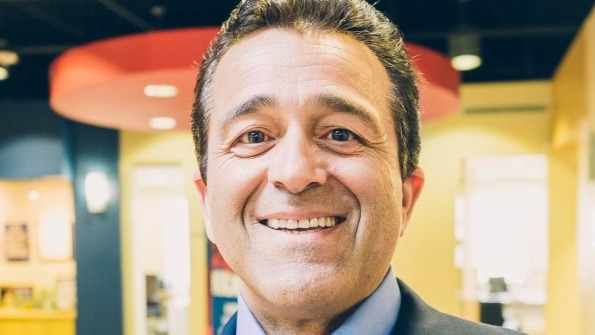Understanding your costs and pricing your services correctly is a key to being a successful managed service provider. Autotask Senior VP of Community and Business Development Len DiCostanzo provided MSPs with a master class in how to do it during Autotask Community Live! Here are the highlights.
May 19, 2015

What’s the biggest mistake MSPs make when looking to advance their business strategies? Autotask Senior VP of Community and Business Development Len DiCostanzo said that MSPs need to understand their costs and price accordingly. DiCostanzo should know, having spent years running his own solution provider business before taking his knowledge and experience to other MSPs in his role at Autotask.
And DiCostanzo’s knowledge pretty much forms a master class on the topic, which is what he presented during Autotask’s event in Miami this week. That’s probably why his session on how to price services for a hybrid cloud drew so many attendees.
“Understanding your costs is key,” DiCostanza told attendees. “I always thought I didn’t want to be the cheapest solution. I wanted to be the most expensive one and then explain why I was worth it.”
Understanding costs
So what do your services cost you per hour, and what do you charge for your services per hour? The first step in pricing is understanding the costs – based on labor and salaries, sure. But when MSPs calculate the costs of hourly staff rates they must also factor in benefits, vacation time and other hidden costs.
DiCostanzo laid it all out in a spreadsheet with rows showing number of working hours, burden, and then utilization (are your employees always busy, or do they have time for coffee breaks), overhead and markup. (If you want more on this, Autotask is putting all the information together something called the MSP Accelerator Program.)
In the example spreadsheet DiCostanzo showed, if you have an employee making $75,000 in salary, you’ve got to bill at $143 per hour to make a 30 percent margin. Your mileage may vary, of course, but it just shows you how big a difference there is between the salary you pay and the price you need to charge to ensure that your business is making money.
You want to charge me how much?!
Then DiConstanzo showed the prices that you’d show to your customers to service a single PC. In his example of a New York City MSP spending time on seven services necessary for that PC, and you build in the 30 percent margin, the final price ends up being over $1,000.
That’s a cringe-worthy amount for fixing a single problem on a single PC in a break/fix model.
“How satisfied will that client be paying 1000,” DiCostanzo asked. “Scale that service from one desktop to 20…Will the client pay $21,000 to update 20 machines one time? Two times? Automating service delivery is a better way.”
Subscription services vs. break/fix
DiCostanzo then showed how leveraging the managed services model means less downtime for technicians, thereby increasing your utilization rates and lowering your costs per hour. And that’s the standard introductory part of this managed services business class. It’s just the start.
A really important piece of the whole presentation is productizing every service your company sells. From there, MSPs can create user bundles of services. And the MSP can also sell a la carte services as needed, too. Some of the services you may want to include in your service catalog and user bundles include the following staples of managed services: desktop and asset management, policy management, application management, patch management, antivirus, scheduled maintenance and backup and restore.
All you can eat, but be careful
“It’s an all-you-can-eat model,” DiCostanzo said, “But watch how you phrase your model. Always have the a la carte menu on the side and make sure you are locking those machines down. If you don’t lock it down, all-you-can-eat is trouble.”
In a per-user pricing model you may want to include the following services in your all-you-can-eat bundle: desktop managed service, service desk, line-of-business application, Office 365, mobile device management, VoIP.
Addressing the concern that it’s expensive to support line-of-business applications, DiCostanzo said it could be more trouble not to support them. That’s because your user will call the ISV for the app, who will refer the user to a reseller down the street from you and then you have a competitor digging into your client’s business.
Keep tracking costs
Once you have your all-you-can-eat, recurring monthly pricing in place, don’t stop tracking your time and expenses. Continuing to track these is essential for tracking your costs and setting your prices, DiCostanzo said.
There was much more to the session – certainly more than we can cover in a single blog post. But anyone can gain from DiCostanzo’s top level messages – understand your costs, create a service catalog that includes every service you offer, and don’t be afraid to price high.
About the Author(s)
You May Also Like


